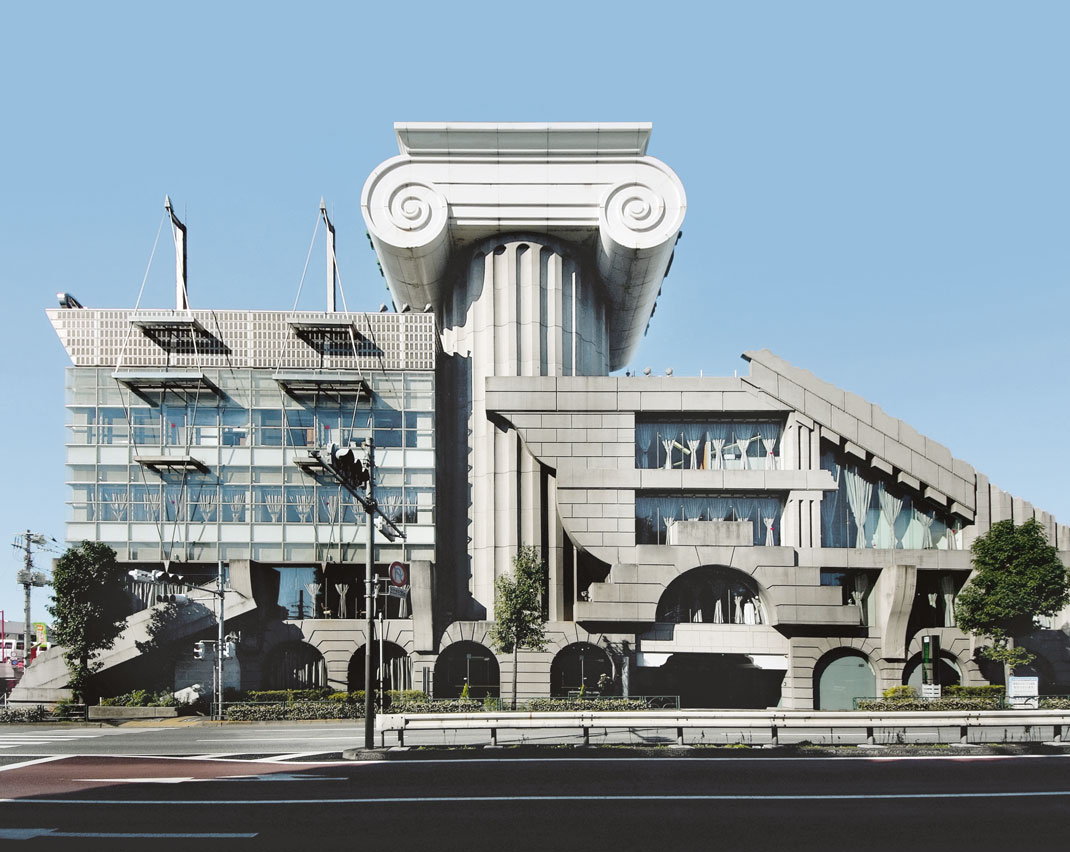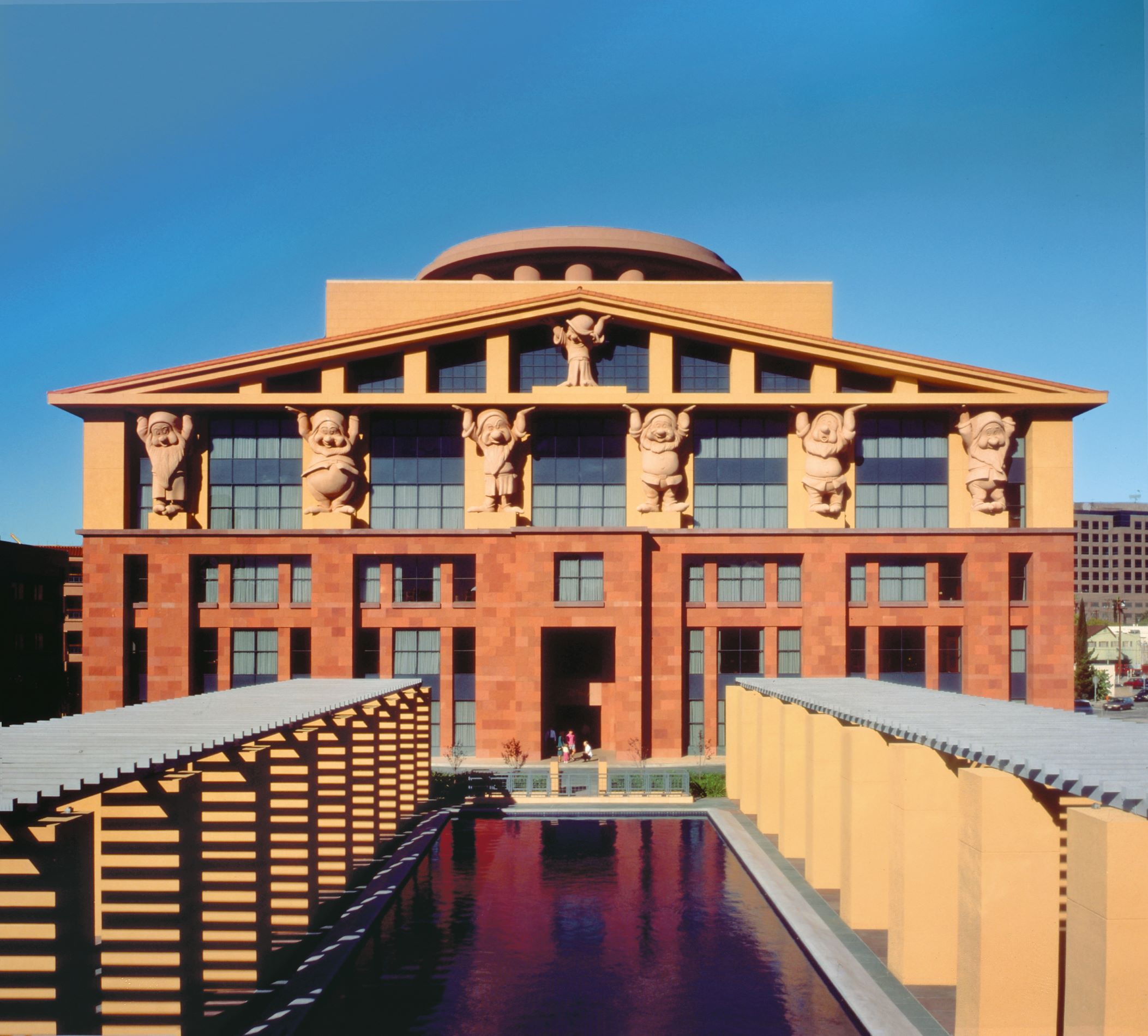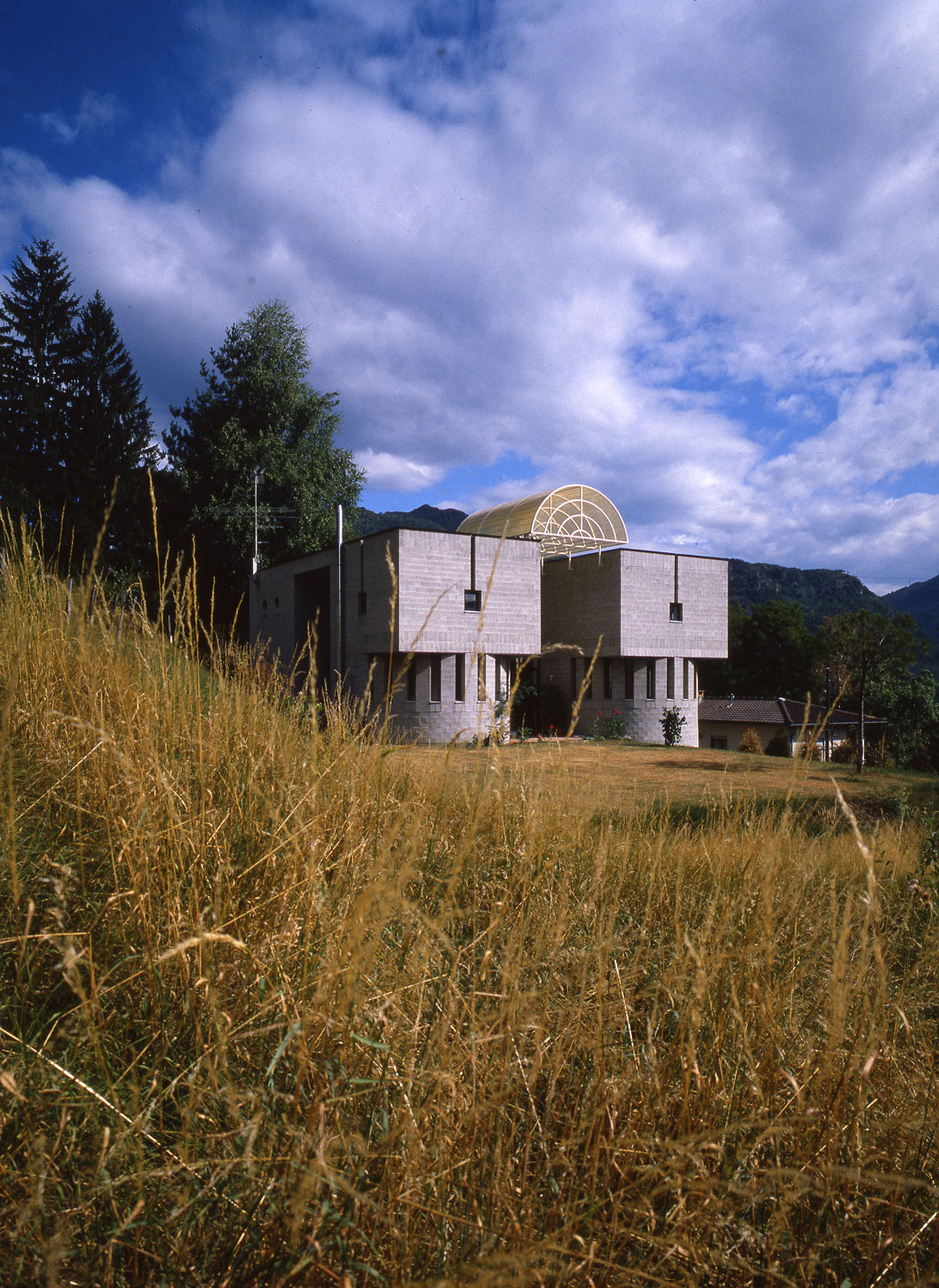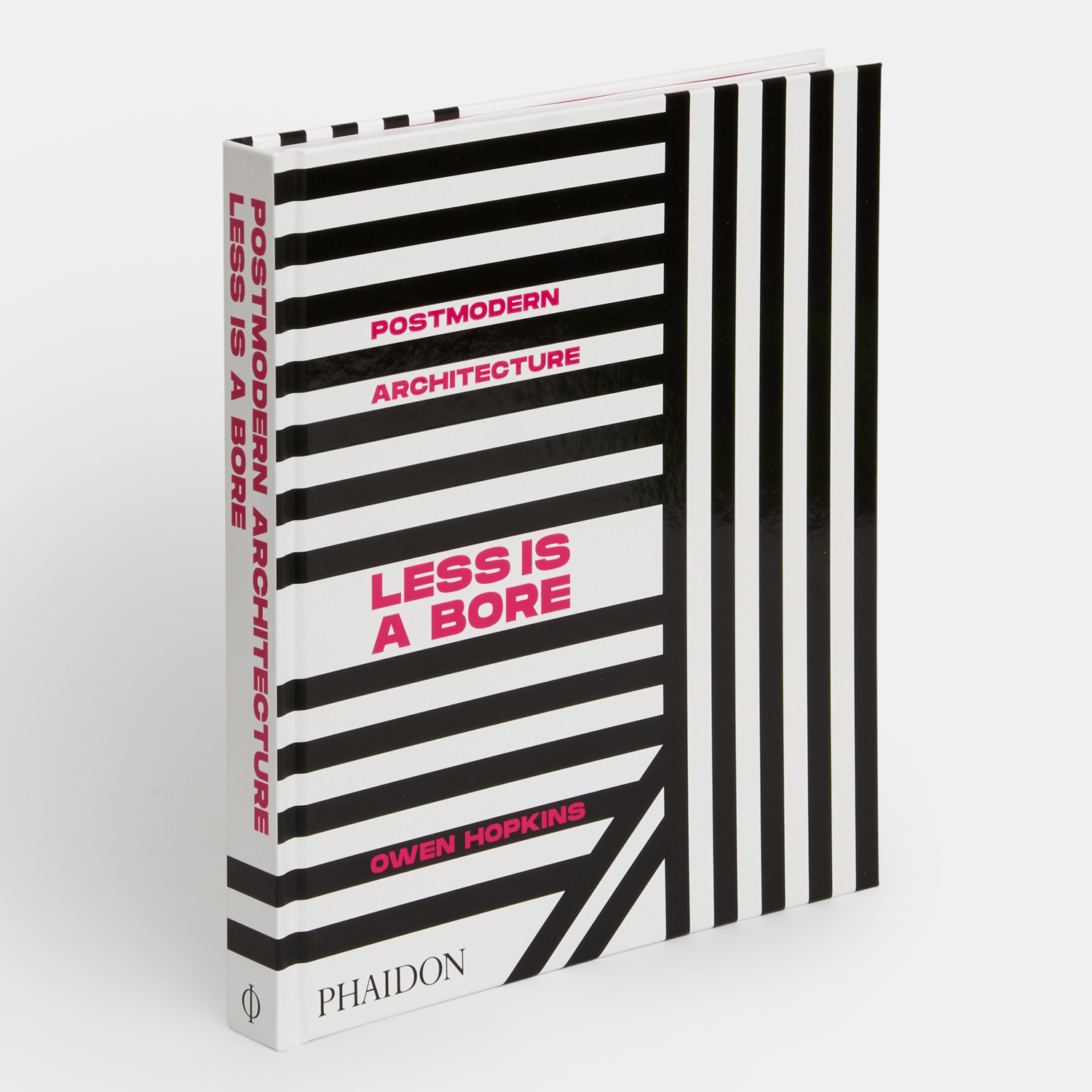
Sorry, columns don't always make a new building look old!
A draft US govt order could impose classical architecture styles on new Federal buildings. But might it actually lead to a little Postmodernism?
In our information age it seems slightly strange to think that for a long time the people who commissioned, designed and constructed buildings weren’t especially aware of the particular style they working with.
“To take something like the Gothic,” writes Owen Hopkins in his introduction to Postmodern Architecture: Less is a Bore, “its preeminence during the medieval period was due, to a large degree, because it was simply how one built at that time.”
Even modernism, with its the clean, clear, minimalist, style, and rejection of classical ornamentation, was, in Hopkins’ view, “not that much of a conceptual leap from the formal and educational strictures of Beaux-Arts classicism,” which came before.
“The difference for Modernism, however, was the belief in the transcendent validity of its values and ideals,” Hopkins goes on to explain. “In the context of the postwar social democracies of the Western world, this became allied with the social and political aspirations of those countries, a consensus built around a mixed economy and welfare state that was signed up to by both the political left and right.”
Not everyone liked those aspirations, and when that consensus fell apart, modernism gave way to postmodernism, the playful, non-conformist style of architecture, where columns and classical arches can sit alongside glass, reinforced concrete and tropical paint shades.
So what should we make of a draft executive order from the White House, entitled Making Federal Buildings Beautiful Again, which would ensure that “the classical architectural style shall be the preferred and default style” for new and upgraded federal buildings.
If this new order is passed, will new federal buildings in the United States feature mosaic floors, and hand-carved Carrara marble columns, or will there be some concessions to modernity?

Could Kengo Kuma’s deeply postmodern M2 buildling (top) pass muster? This incredible building was created in Toyko back in 1991 as a showroom for the Mazda car company.
Kuma’s work was more a wild product of Japan’s bubble economy, rather than the ancient Greece or Rome, yet that main Ionic column is certainly in the classical style.
And what about Michael Graves' Team Disney building, in Burbank, California? It has wonderful caryatids, or classical, sculpted, figure-like supporting columns, only the figures here are modelled on Snow White and the Seven Dwarves.
Similarly, Piazza d’Italia, Charles Moore’s 1978 public square in New Orleans is more a postmodern tribute to the city’s Meditteranean immigrants, but it has got colonades and a Roman temple, as well as a public fountain in the shape of the Italian peninsula.

And how about the 1982 resident designed by Mario Botta’s Residence, in Origlio, Switzerland. It might be made from modern materials, but Botta favours geometric shapes and the Vitruvian golden ratio in his work – both of which feature in classical architecture. It remains to be seen whether the new order will pass, but our new book certainly indicates that, in using an old style, you don't always end up with an olden days building.

To see all the buildings described here, and many more, order a copy of Postmodern Architecture: Less is a Bore here.